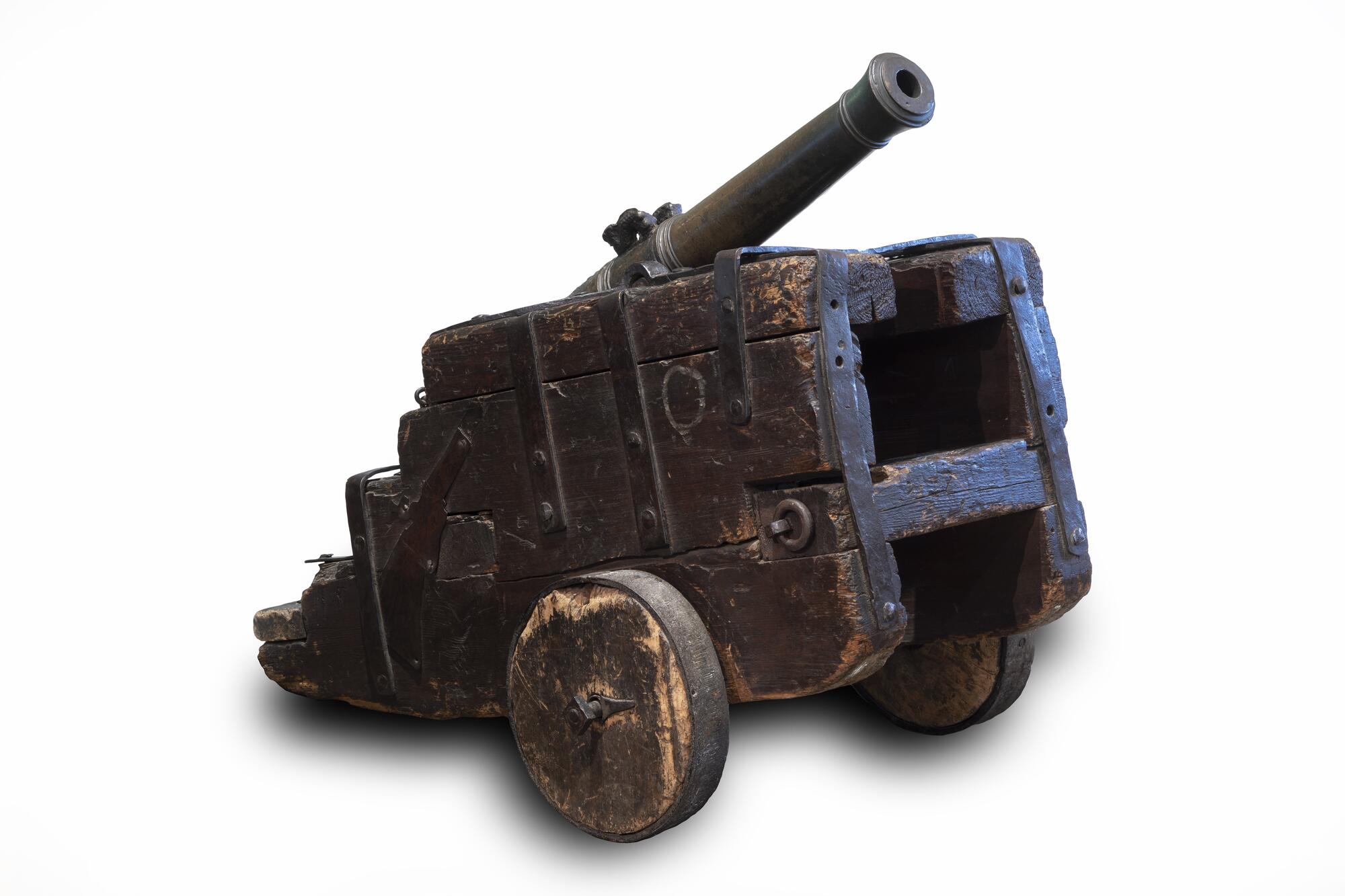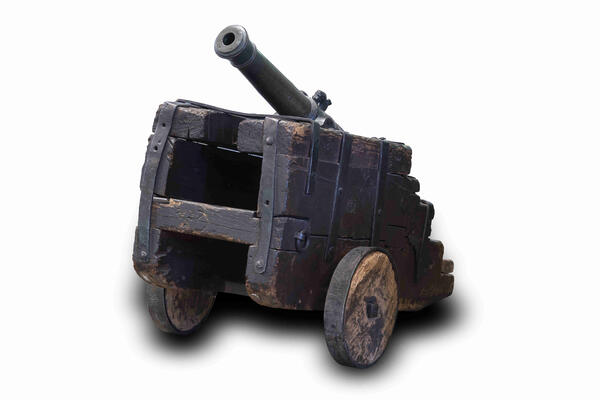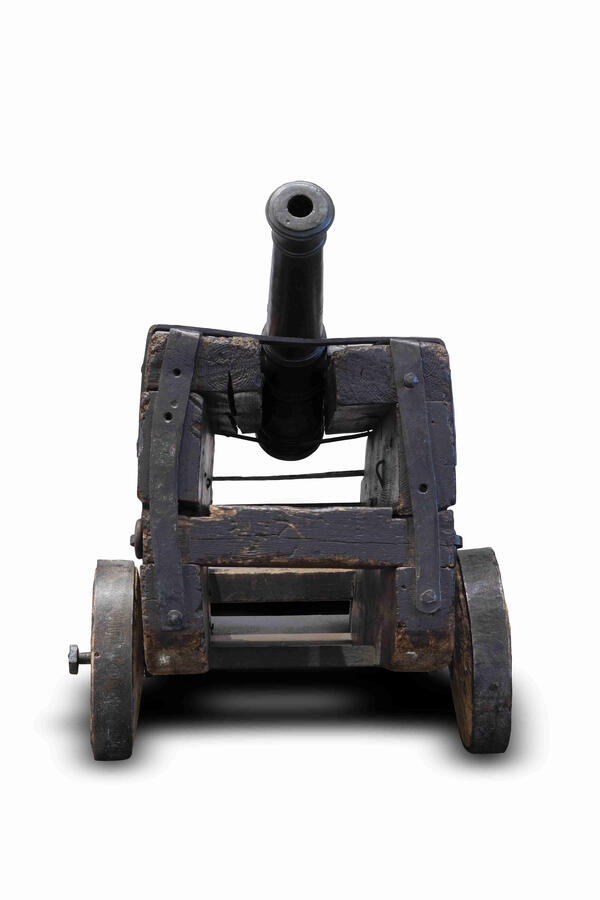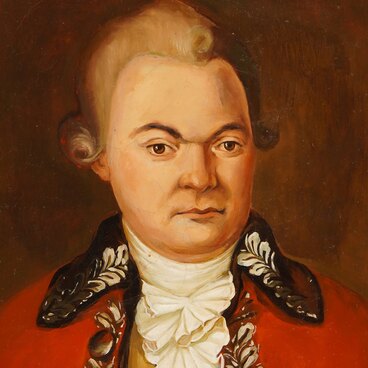The Peasants’ War of 1773–1775 began with the uprising of the Yaik Cossacks against the senior military leadership. The peasants and Cossacks, as well as the Kalmyks, Bashkirs, Tatars and other nationalities that were forced to become part of Russia and were deprived of their legal rights joined the “last great peasant uprising”, outraged by the loss of land and religious oppression. The rage of the rebels was fueled by rumors that Emperor Peter III miraculously survived and was going to abolish serfdom and grant land to peasants. With all this, many self-proclaimed “emperors” appeared, but only Yemelyan Ivanovich Pugachev managed to rally thousands of supporters around him.
The surviving Pugachev’s manifestos reflect the main aspirations of the common people. The first period of the uprising (September 1773 — March 1774) was marked by the military successes of Pugachev’s army: the sieges of Orenburg, Yaik and Ufa, the capture of many towns, factories and fortresses, and the killings of nobles, looting and violence.
The troops led by General in Chief Alexander Ilyich Bibikov scored a number of significant victories against the rebels. After he passed away, the uprising broke out with renewed vigor. In July 1774, the troops of General in Chief Pyotr Ivanovich Panin were sent to suppress the riot; in 1775, the Pugachev’s army was defeated at Chyorny Yar by a unit of Lieutenant Colonel Ivan Ivanovich Michelson. In the same year, Yemelyan Pugachev was extradited to the government by Cossack conspirators and executed.
Even before the riot, for his bravery Pugachev was promoted to the rank of cornet (a Cossack rank equal to standard-bearer) and was well versed in military sciences. Artillery pieces were actively used in his army: more than a hundred guns were captured as trophies, and fifteen were even cast at Ural factories commissioned by Pugachev himself.
When the uprising was finally suppressed, by order of Catherine II, the captured guns were sent to be melted down. Miraculously, only two of them survived. Presently both of them are in the collection of the Military-Historical Museum of Artillery.
A small bronze cannon in a box-shaped handmade mount was transferred to the Museum from the Izhevsk Arms Factory in 1871. In 1872, the “Pugachev’s cannon” was presented at the Moscow Polytechnic Exhibition.
The surviving Pugachev’s manifestos reflect the main aspirations of the common people. The first period of the uprising (September 1773 — March 1774) was marked by the military successes of Pugachev’s army: the sieges of Orenburg, Yaik and Ufa, the capture of many towns, factories and fortresses, and the killings of nobles, looting and violence.
The troops led by General in Chief Alexander Ilyich Bibikov scored a number of significant victories against the rebels. After he passed away, the uprising broke out with renewed vigor. In July 1774, the troops of General in Chief Pyotr Ivanovich Panin were sent to suppress the riot; in 1775, the Pugachev’s army was defeated at Chyorny Yar by a unit of Lieutenant Colonel Ivan Ivanovich Michelson. In the same year, Yemelyan Pugachev was extradited to the government by Cossack conspirators and executed.
Even before the riot, for his bravery Pugachev was promoted to the rank of cornet (a Cossack rank equal to standard-bearer) and was well versed in military sciences. Artillery pieces were actively used in his army: more than a hundred guns were captured as trophies, and fifteen were even cast at Ural factories commissioned by Pugachev himself.
When the uprising was finally suppressed, by order of Catherine II, the captured guns were sent to be melted down. Miraculously, only two of them survived. Presently both of them are in the collection of the Military-Historical Museum of Artillery.
A small bronze cannon in a box-shaped handmade mount was transferred to the Museum from the Izhevsk Arms Factory in 1871. In 1872, the “Pugachev’s cannon” was presented at the Moscow Polytechnic Exhibition.





